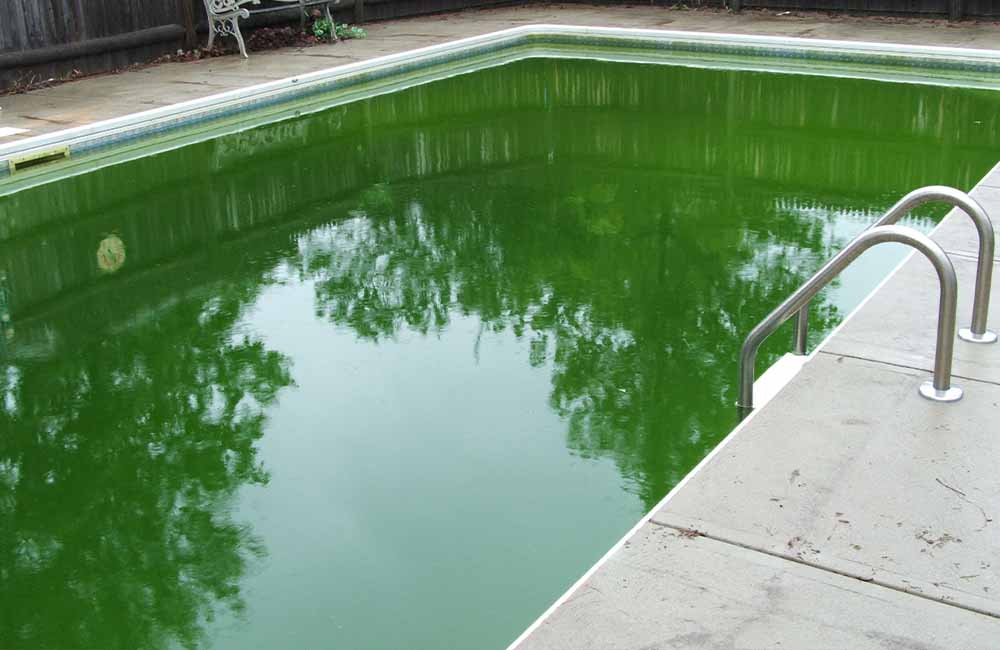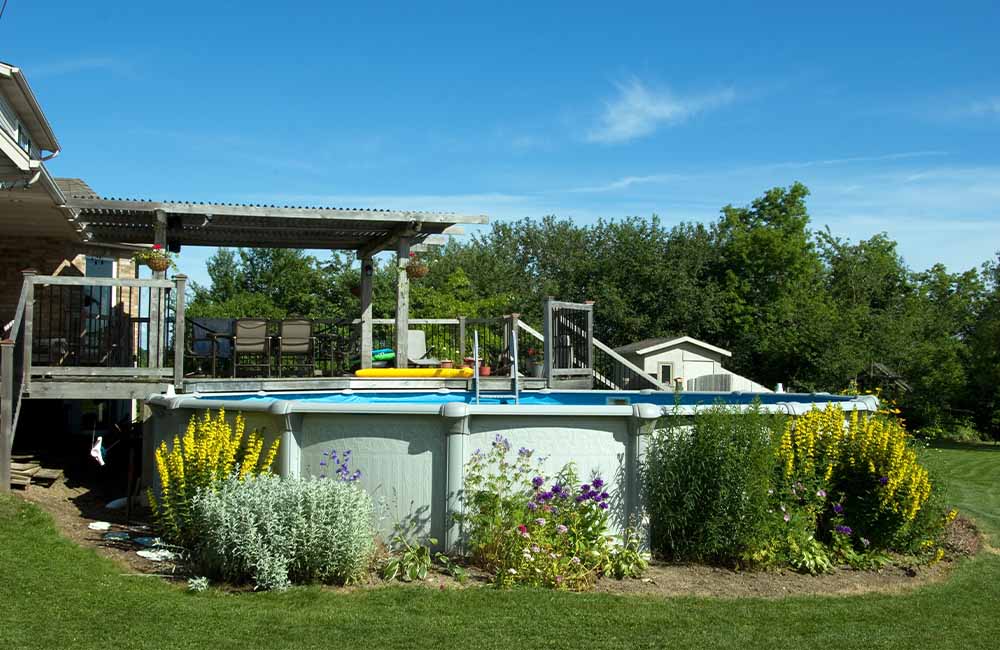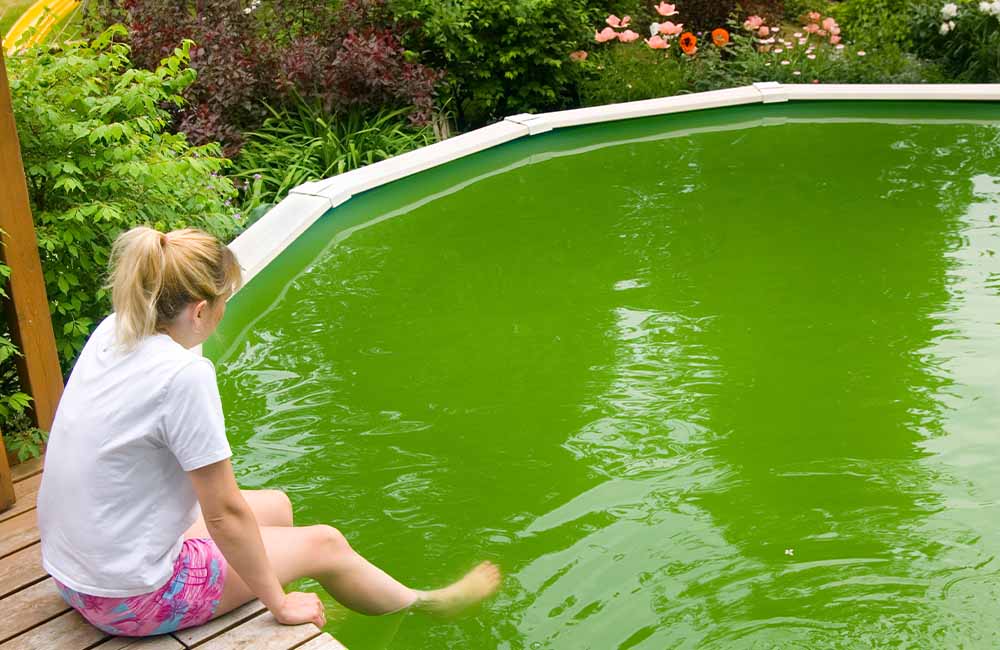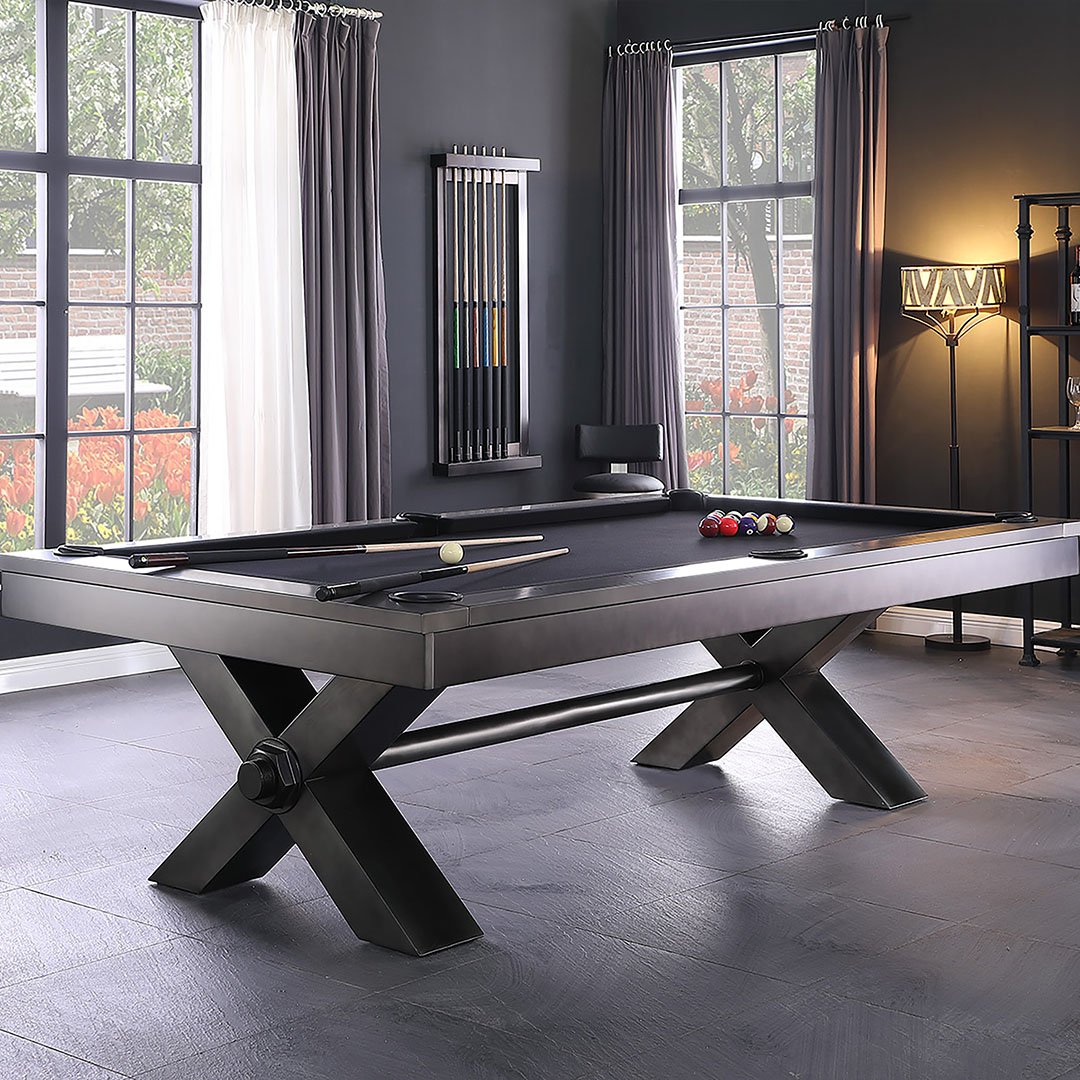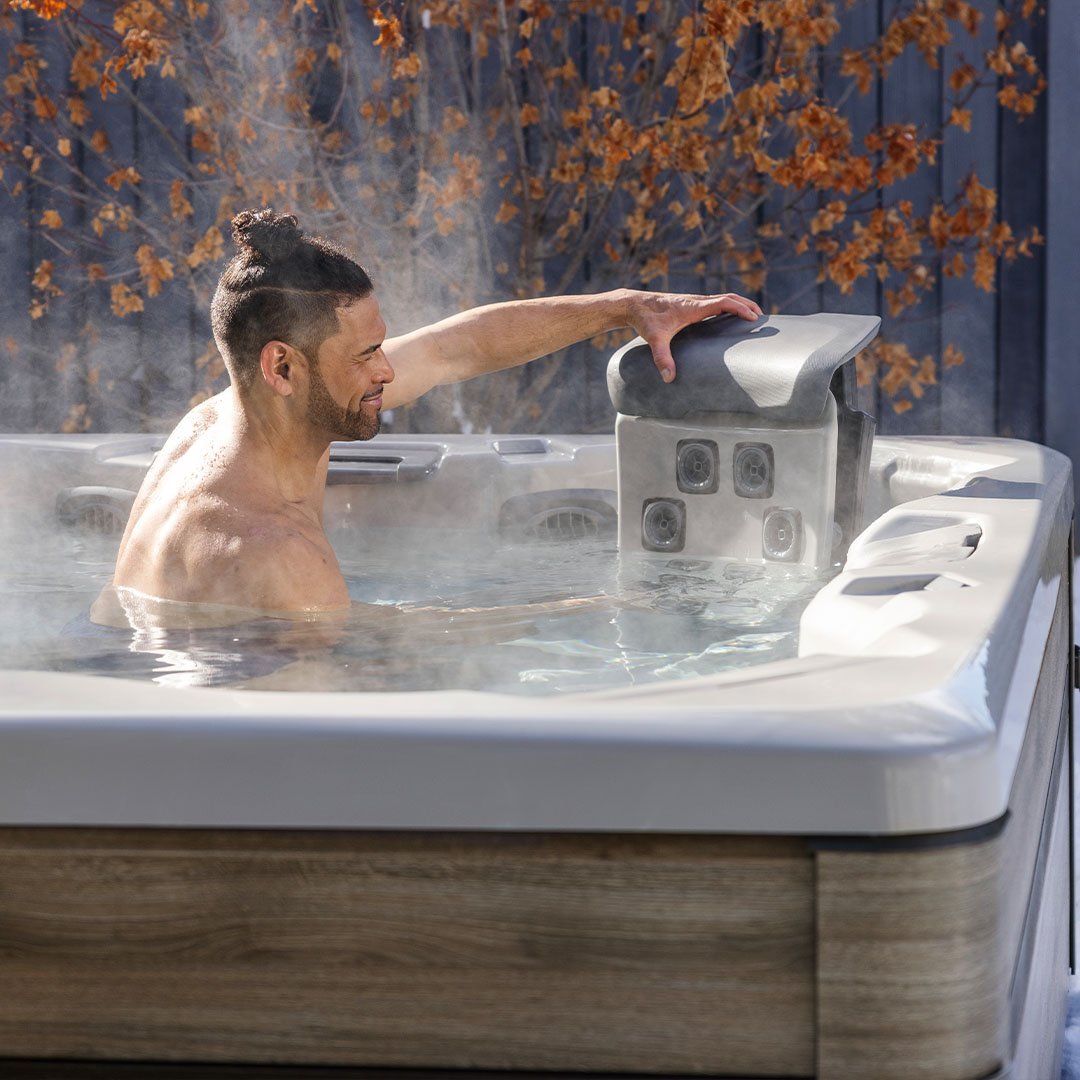How to Fix a Green Pool: The Ultimate Guide to Removing Pool Algae
Are you struggling with a green pool and unsure how to fix it? You're not alone. Algae in pools is a common issue, but with the right approach, you can turn your pool from green to clean.
A green pool is a familiar problem for many pool owners. It's not just an eyesore but can also be a breeding ground for harmful bacteria and a sign of chemical imbalance. This guide is designed to help you understand why pools turn green and provide a detailed, step-by-step process to eliminate algae, the primary culprit behind the green color.
Algae growth in pools is often due to a combination of factors, such as improper chemical levels, inadequate filtration, and lack of regular maintenance. But fear not, whether you are a new pool owner or have been facing recurring algae issues, this guide will equip you with the knowledge and tools to effectively tackle the problem.
Remember, the key to a crystal-clear pool lies in understanding the problem and implementing a consistent care routine. Let's dive into the world of pool maintenance and transform your green pool into a sparkling oasis.
Step-by-Step Guide to Fixing a Green Pool
-
Remove Debris and Clean the Pool
- Skim the pool surface
- Vacuum the pool floor
- Brush the walls and floor to loosen the algae
-
Test and Balance Water Chemistry
- Test pH, chlorine, and other relevant levels
- Adjust chemicals to bring levels into balance
-
Shock Your Pool
- Use a chlorine shock treatment
- Follow the manufacturer's instructions for dosage
- Run the pump continuously for at least 24 hours
-
Algaecide Treatment
- After shocking, add algaecide
- Follow instructions for the correct dosage
- Ensure the pump is running to circulate the algaecide
-
Filter Out the Algae
- Run the filter continuously
- Clean or backwash the filter as it gets clogged with dead algae
-
Brush and Vacuum Again
- Brush and vacuum the pool to remove dead algae
- Repeat until the pool is clear
-
Re-test and Balance Water Chemistry
- Re-test water chemistry
- Adjust chemicals as necessary
-
Maintenance and Monitoring
- Continue regular maintenance
- Monitor water chemistry and clarity
Understanding Pool Algae: Causes and Prevention
What Causes Pool Algae?
Pool algae are microscopic plants that thrive in aquatic environments. Several factors contribute to algae growth in pools:
-
- Imbalanced pH and chlorine levels
- Poor circulation and filtration
- Excessive nutrients in the water, often from debris
- Lack of routine maintenance Understanding these factors is crucial in preventing future algae outbreaks.
- High phosphate levels
How to prevent algae growth in your pool
Maintaining a clear and algae-free pool requires consistent attention to several key aspects. Here’s an expanded look at each preventive measure:
-
-
Test Water Chemistry Weekly
- Regular testing of your pool's water chemistry is crucial. This includes checking the pH, chlorine, and alkalinity levels.
- Ideal pH levels should be between 7.2 and 7.6. This range helps chlorine work effectively and prevents algae growth.
- Alkalinity, ideally between 80-120 ppm, supports pH stability.
- Use a reliable testing kit and record the results for better management.
-
Keep Chlorine Levels Balanced
- Chlorine is your primary defense against algae. Maintain a chlorine level between 1-3 ppm for effective algae prevention.
- Consider a chlorine stabilizer to protect chlorine from UV degradation.
- In sunnier climates or during peak summer, monitor chlorine levels more frequently, as they can diminish quickly.
-
Use Algaecides as a Preventive Measure
- Algaecides help prevent algae growth and should be used alongside regular chlorination.
- They are instrumental in inhibiting the growth of resistant strains of algae.
- Choose an algaecide suitable for your pool type and apply it according to the manufacturer's instructions, typically after each shock treatment.
-
Clean Pool Walls and Floors Regularly
- Algae spores tend to cling to pool surfaces. Regular brushing of the walls and floor can dislodge these spores before they grow.
- Use a pool brush that’s appropriate for your pool’s surface material.
- Vacuuming the pool weekly helps remove debris that can feed algae.
-
Ensure Proper Filtration and Circulation
- Good water circulation is critical in preventing algae. It ensures even distribution of chemicals and filters out debris.
- Run your pool’s filter system for at least 8-12 hours a day to keep the water moving and filtered.
- Regularly clean or replace filter cartridges and backwash sand or DE filters as recommended.
-
Additional Tips
- Shock the Pool Regularly: Shocking the pool (superchlorination) on a weekly basis during peak usage or monthly during off-peak periods can help kill any budding algae spores.
- Trim Trees and Bushes Around the Pool: Reducing the amount of organic material that can fall into the pool helps limit nutrient sources for algae.
- Balance Cyanuric Acid Levels: Also known as pool stabilizer, it helps protect chlorine from being quickly degraded by sunlight.
-
Removing Phosphates to Eliminate Pool Algae
A crucial but often overlooked step in combating pool algae is the removal of phosphates.
Phosphates serve as a primary food source for algae, and their presence in pool water can lead to persistent algae problems, regardless of how much you clean or balance your pool's chemicals. Phosphates can enter your pool from various sources, including lawn fertilizers, decaying vegetation, and even rainwater. The solution? Using a phosphate remover like Phos Free by Natural Chemistry. This product specifically targets and eliminates phosphates, starving algae and preventing its growth. Phos Free is easy to use and works seamlessly with your pool's existing chemistry, making it an essential tool in your algae-prevention arsenal.
In conclusion, tackling a green pool and eliminating algae is a process that requires understanding, patience, and the right techniques. By addressing the root causes, such as phosphate levels, and following the comprehensive steps outlined in this guide, you can effectively clear your pool of algae and maintain its pristine condition. Remember, regular maintenance and proactive measures are key to keeping your pool inviting and healthy.
For more insights and detailed guidance on pool maintenance, especially for those new to pool ownership, be sure to explore our comprehensive guide on pool chemistry.
Frequently Asked Questions (FAQs)
How long does it typically take to clear a green pool?
- Answer: The time it takes to clear a green pool can vary depending on the severity of the algae growth and the pool's size. Typically, it can take anywhere from a few days to a week.
Can I swim in a pool with algae?
- Answer: It's not recommended to swim in a pool with algae. Algae can harbor harmful bacteria like E. coli and can cause skin irritation and other health issues.
Is it necessary to use both algaecide and chlorine?
- Answer: Yes, using both is often necessary. Chlorine helps to sanitize the water, killing bacteria and algae, while algaecide prevents algae from growing back.
Topics: How to, Pool - Chemicals





